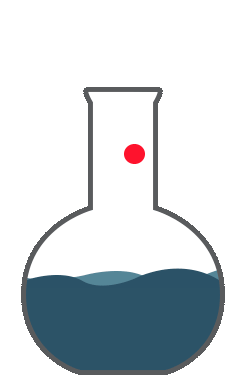
Please wait...
Debugging the System: Understanding Pests, Pest Control and Pesticides
Abstract / Synopsis:
The reduction of crop loss from pest damage is often one of the most important goals in agriculture. The cannabis industry is now being called to task to account for the use of modern pesticides in their efforts. But, pest control in our modern times is a complex set of management strategies that include a variety of different tools in the arsenal. In this column, we examine the history of pest control and the strategies of modern pest management, including pesticides. By understanding the different approaches of pest management, the chemistry of pesticides, and life cycles of pests the cannabis industry can create better strategies not only to protect their products but also increase their output through better pest control systems. We examine some of the most common pesticides monitored within the cannabis industry and break down the function and chemistry of these agents in cannabis pest control.
Pest control is often considered to be a modern invention born of the chemical revolution at the turn of the last century. It is true that chemical pest controls are a relatively recent invention, but the practice of pest management is the product of evolution and biological relationships. The first acts of pest control were simple techniques such as fire to ward off dangerous predators or mud to cover the skin from biting insects. As agriculture came into existence, techniques increased from personal protection to include protection and expansion of crops. At its heart, the need to control pests is an expression of the control of species relationships.
Click here to read the complete article